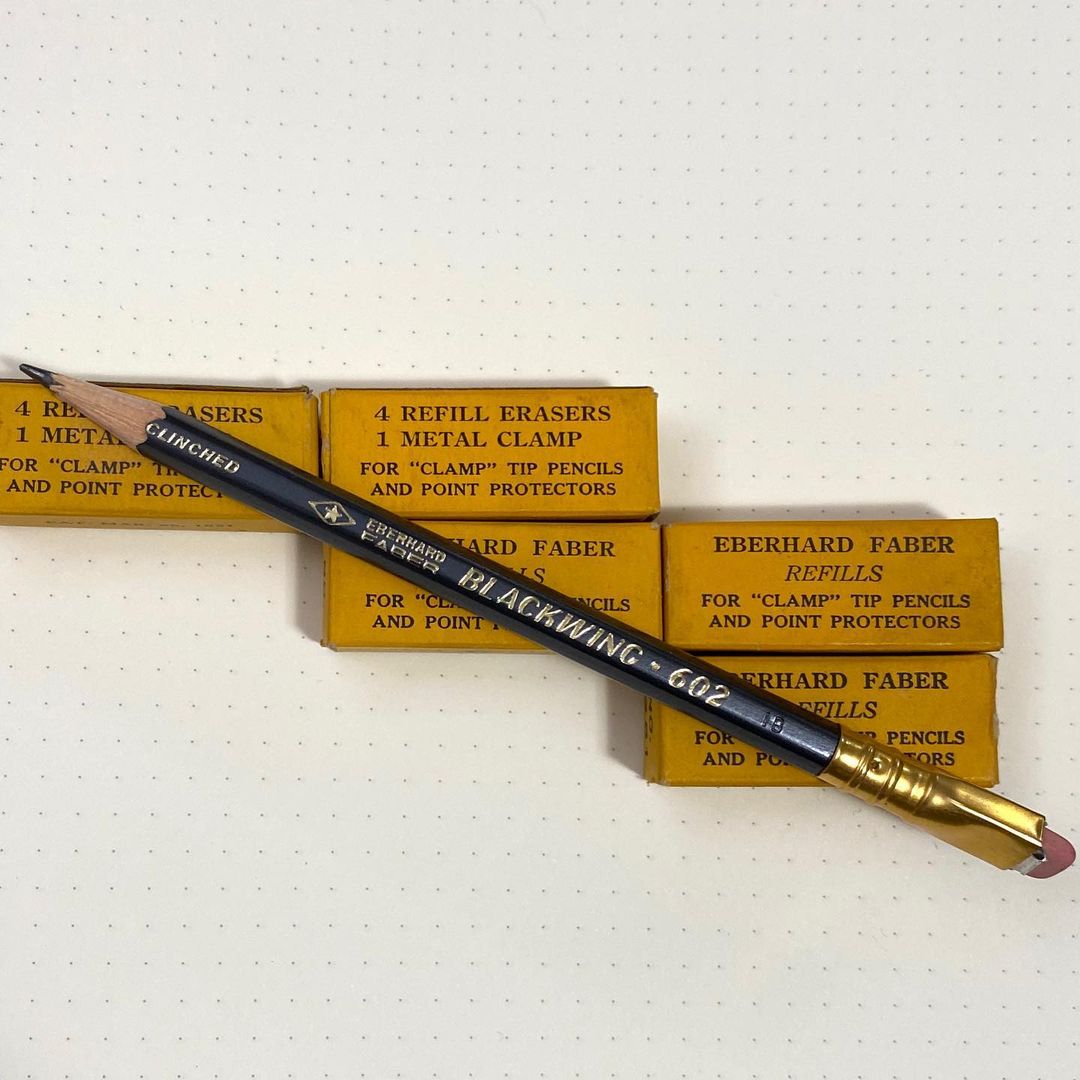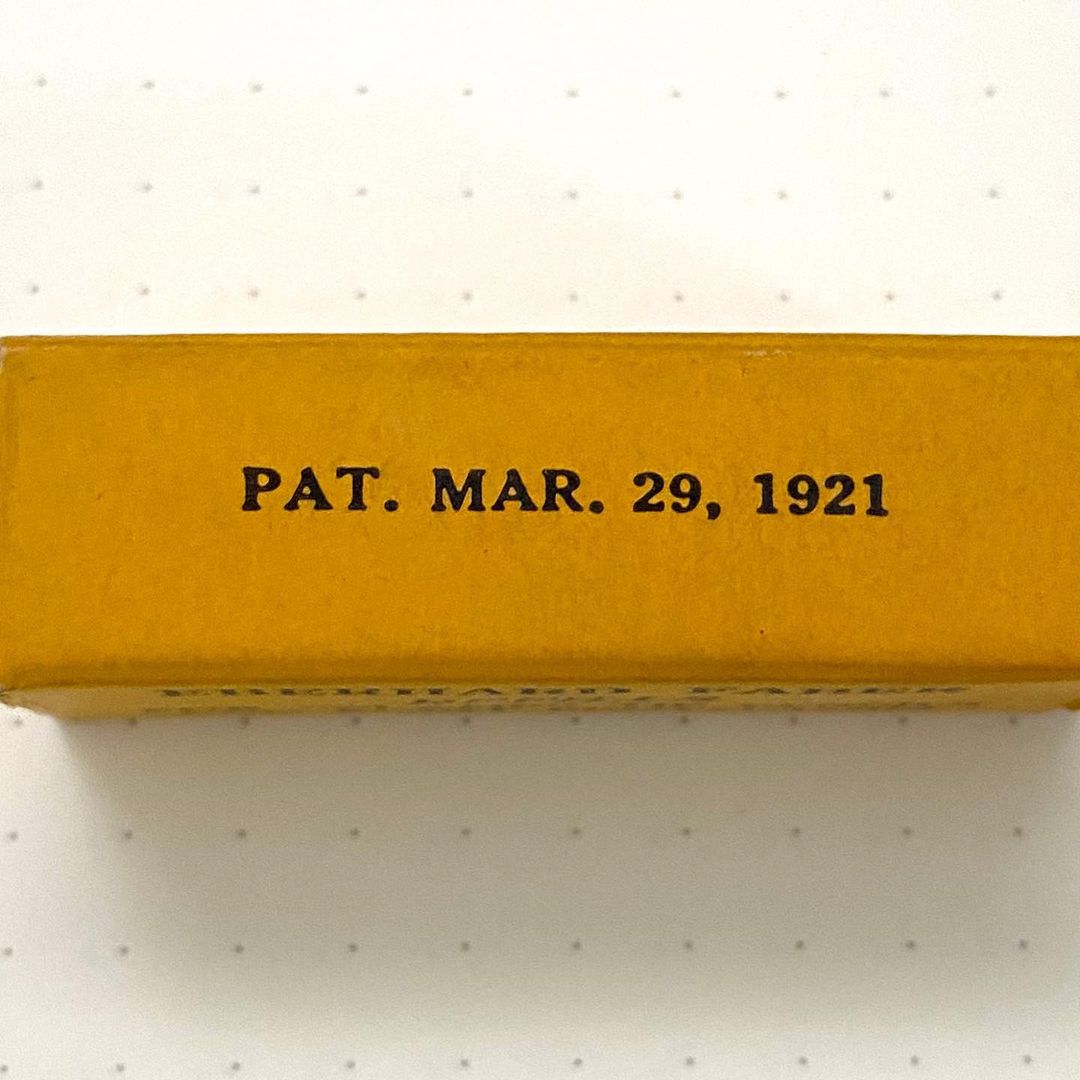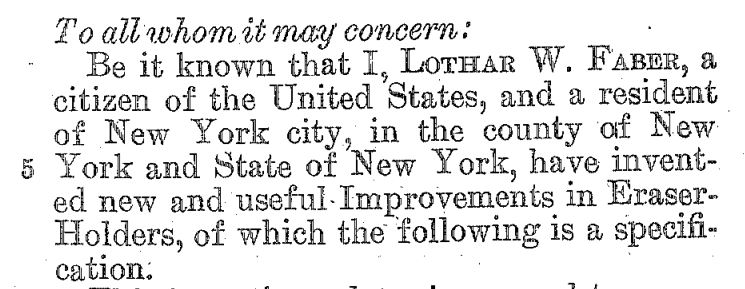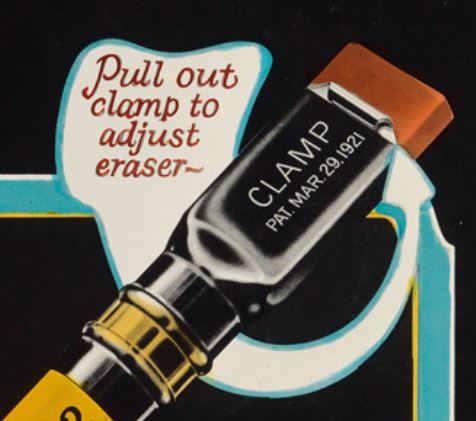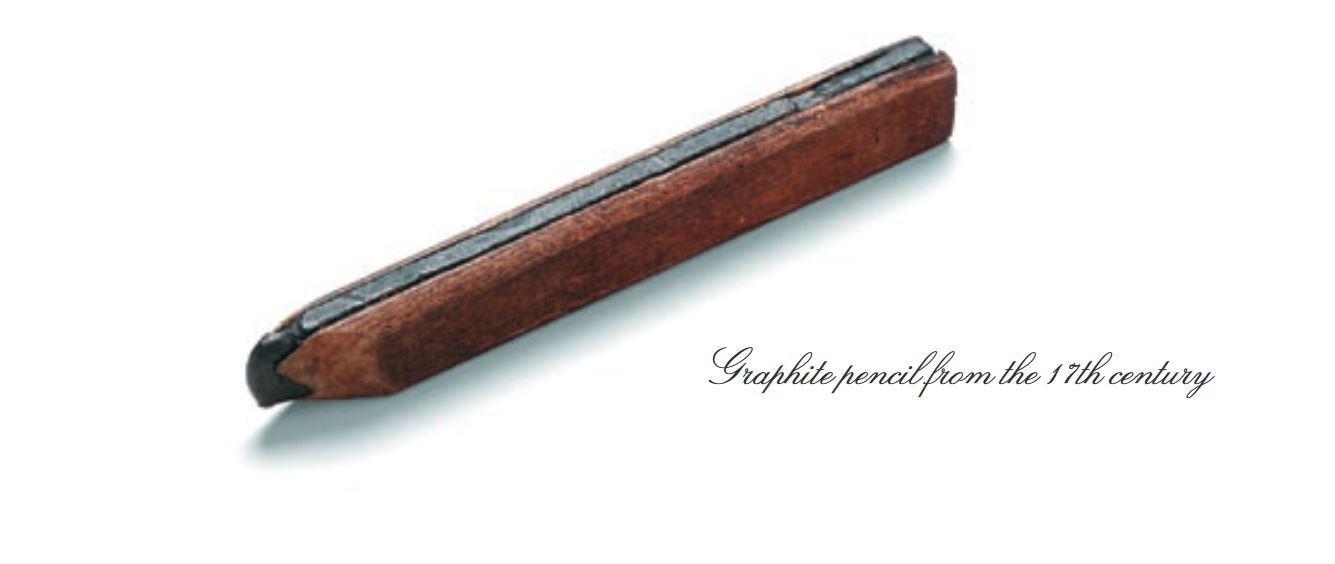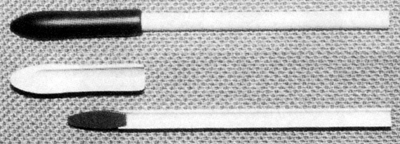“Graphite was first discovered in the 1560s in the Lake District of England” – Pencils You Should Know by Caroline Weaver.
This statement about the discovery of graphite is often repeated, to the point that it seems to be a known historical fact. Let’s take a look.
In Pencil People, Thomas Smith notes that Borrowdale was previously the home of Furness Abbey, and that there are records of the monks using graphite to mark sheep.
In The Pencil, Henry Petroski mentions graphite pieces from circa 1400BC having been found in an Egyptian excavation. This is likely based on work published by Ainsworth Mitchell in a 1917 issue of the journal The Analyst.
Petroski also refers to graphite being known in Europe around 1400. This appears to be based on the 1968 edition of Compton’s Encyclopedia.
The Tokyo Pencil Association notes scientific research that Ieyasu’s pencil came from a 16th century Mexican mine.
The University of Waterloo Geology department mentions that Celts were known to have mined graphite in Cesky Krumlov in 500BC. They used graphite as a ceramic additive.
The British Library noted, “Graphite was first discovered in Europe, in Bavaria at the start of the 15th century; although the Aztecs had used it as a marker several hundred years earlier.”
The Historic England website states: “The working of graphite deposits is thought to have been well established by the mid-13th century in central Europe.”
So was graphite first discovered at the Borrowdale mine? I trust the mentioned academic sources, and have no reason to doubt Smith. The Tokyo Pencil Association refers to academic research (but I’m not aware of a citation). Overall, there are many claims that graphite has been known to various societies through history. Cesky Krumlov is a very well known mine, and Petroski’s citations appear to be traceable to source.
The Borrowdale mine is historically important, and the quality and quantity of pure graphite found were exceptional. It also became an important commercial property and centre of an industry. Yet it is not the first place that people discovered graphite.
